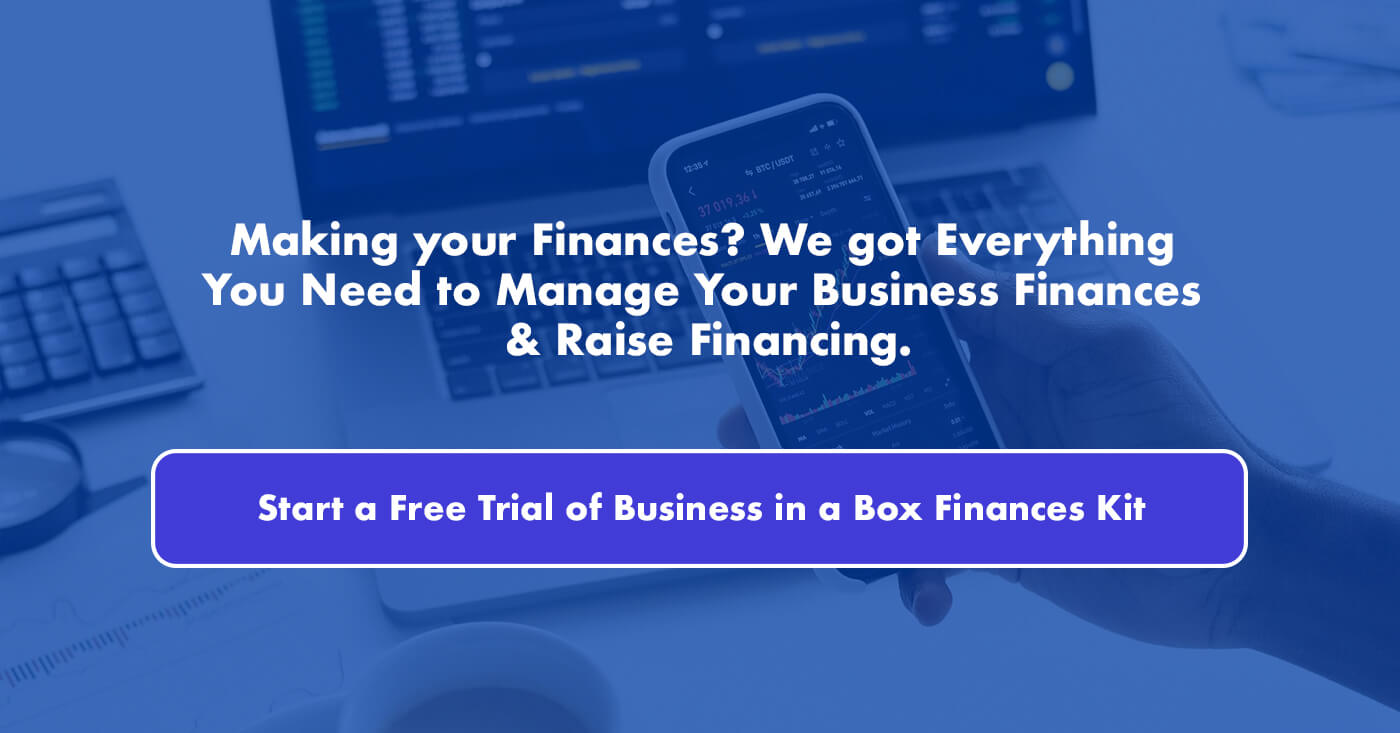As a small business owner, you make decisions day in and day out about the direction of your operation. Deciding how to finance your venture is just one of the most important decisions you’ll have to make, and it also may be the most difficult.
It can be challenging to know which financing option is right for your business, especially when you need cash fast. Here are a few scenarios you might find yourself in, and the dos and don’ts on how to navigate each situation.
4 scenarios when you need fast small business funding
1. You’re trying to get your new business off the ground
Do consider faster financing options. There are various alternative financing options to consider if your small business doesn’t qualify for a traditional loan or if you’re seeking a different approach to funding. Many of these options provide quick access to capital and don’t require you to be in business for a long time or have a high credit score. Common alternative funding sources include:
- Business credit cards—A business credit card offers a lot of flexibility for business owners. Like a consumer card, it’s a revolving line of credit that can be paid off in full at the end of each month. If you don’t pay the card off in full, the remaining balance is carried over to the next month.
- Self-funding—Self-fund your business either with your savings or with help from friends and family. While it can be difficult to launch a business this way, it allows you to stay in complete control of your business and be debt-free.
- Crowdfunding—Crowdfunding is asking the public for financial support for your venture. Two popular crowdfunding platforms are Kickstarter and GoFundMe. Typically supporters expect to receive something in exchange for their funding, such as the finished product or an exclusive perk.
Don’t overlook banks and SBA loans. While applying for a loan from a bank or the SBA may seem time-consuming, don’t overlook this option. Many banks offer better rates than online lenders, which could make it a smart option in the long run. The SBA has several different loan programs and offers free resources and assistance to small business owners to help facilitate the loan process. While the SBA is not a lender, the agency sets loan guidelines and reduces lender risk, which makes it easier for small businesses to access funding.
2. You need to pay down a business credit card
Do consider consolidating debt with a loan. Instead of having to pay off multiple loans or credit cards, consolidating debt and just paying off one loan each month can make it easier to track your debt repayment progress, and you may be able to save money if you find a loan with better rates than you’re currently paying.
Your financial needs, funding timeline, and credit score are all factors to consider when deciding whether to consolidate debt. Seeking advice from a financial expert and using a debt consolidation calculator can help you to choose the best option for your business.
Don’t delay payments. Having a business credit card will help you to build business credit; good business credit can help you secure funding and land more favorable rates. A business credit card also provides an easy way to separate business and personal spending.
It’s important to stay on top of your credit card usage—carrying a balance on the card can result in high charges in fees. Missed or late payments will negatively affect your business credit score and could show up on your personal credit report as well.
3. You need to stock up on inventory
Do consider inventory financing loans or working capital loans. Inventory financing loans are intended to free up capital for business owners who struggle with their funds being tied up in inventory. The short-term loan is a lump sum that’s paid back according to the terms of the loan—usually over six months to two years. Some downsides include limitations on the use of the funding and potentially high-interest rates.
Working capital is money the business uses for everyday expenses, such as payroll and rent. You can calculate how much working your business needs by subtracting the business’s current liabilities from its current assets; if this number is negative, a working capital loan could help with cash flow.
Working capital loans usually have short terms, so they’re not recommended for bigger, longer-term purchases. Traditional lenders, such as banks, usually provide the lowest rates and larger funding amounts; however, borrowing from online lenders can be a faster route with easier access.
Don’t take on too much high-interest debt. When considering financing options for your small business, be wary of taking on too much high-interest debt. The rates charged on high-interest loans can add up quickly, and fees for late or missed payments can make an already stressful situation even worse. Make sure to calculate the cost of debt to make informed decisions about which funding options are right for you.
4. You need to pay your vendors
Do consider invoice financing. Invoice financing is a loan, typically a revolving line of credit, that allows businesses to receive payment from a lender for unpaid invoices. Invoice financing companies will pay up to 95% of the invoice in advance. Once the customer pays the original invoice in full, the business receives whatever amount it’s still due, minus lending fees.
Don’t ignore the math. While it may seem like a convenient service, take a look at the numbers to make sure invoice financing is worth it. How much a small business pays is based on various factors, such as invoice quality and how difficult the invoices are to collect. The fees associated with this type of financing can make it an expensive option, and you could end up having to pay an invoice if a customer isn’t able to.
Consider the best financing option for you
Take a look at your situation to see what the best financing decision would be for you and your small business. When assessing your options, consider what types of financing you feel comfortable with, the realities of your financial situation and credit score, and your short- and long-term business goals. Finally, don’t be afraid to reach out for support—there are many resources available that are committed to helping small businesses succeed.
Source: allbusiness.com
























